Main article: Photoageing. The skin has up to seven layers of ectodermal tissue guarding muscles , bones , ligaments and internal organs. Though most human skin is covered with hair follicles , some parts can be hairless. Pigs and humans have similar hair follicle and blood vessel patterns in the skin. These cells are the mesenchymal origin, derived from CD34 positive stem cells of bone marrow and are part of the mononuclear phagocytic system. The site is secure. The Journal of Histochemistry and Cytochemistry. For other uses, see Skin disambiguation. The outermost layer is continuously shed is called the stratum corneum. In younger skin, sun damage will heal faster since the cells in the epidermis have a faster turnover rate, while in the older population the skin becomes thinner and the epidermis turnover rate for cell repair is lower, which may result in the dermis layer being damaged. Look up human skin in Wiktionary, the free dictionary.
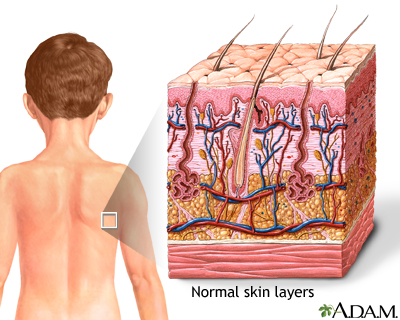

For example, the skin plays a key role in protecting the body against pathogens [3] and excessive water loss. Though nearly all human skin is covered with hair follicles , it can appear hairless. Merkel cells are oval-shaped modified epidermal cells found in stratum basale, directly above the basement membrane. Bulk Download. The epidermis The skin you can see is called the epidermis. CBC Radio. When the skin produces excessive sebum , it becomes heavy and thick in texture, known as oily skin.
Facts about the skin
This gland lacks a tunica propria and appears to have delicate and intricate fibers which pass over the gland's muscle and epithelial layers. Infections that affect the integrity of the skin include scalded skin syndrome caused by the exfoliative toxin released by staphylococcal aureus bacteria infection. Hair follicles, hair roots and hair shafts, sweat glands, pores, epidermis, dermis, hypodermis. Dermis labeled at center right. Amphibians possess two types of glands , mucous and granular serous. These cells serve a sensory function as mechanoreceptors for light touch, and are most populous in fingertips, though also found in the palms, soles, oral, and genital mucosa. There are fewer than genes that are specific for the skin, and these are expressed in the epidermis. This has led to the classification of people s on the basis of skin colour. Journal of Experimental Zoology. Journal of the American Academy of Dermatology. The dermis is connected to the epidermis at the level of the basement membrane and consists of two layers, of connective tissue, the papillary and reticular layers which merge together without clear demarcation. Exp Dermatol. Dermatome and fasciatome. Vitamin C is an antioxidant that regulates collagen synthesis, forms barrier lipids, regenerates vitamin E, and provides photoprotection.
Human skin - Wikipedia
- One cell remains, Skin, another cell is pushed toward the surface.
- Soft outer covering organ of vertebrates.
- J Cutan Med Surg.
- NCBI Bookshelf.
- These cells need special stains to visualize, Skin found in the stratum spinosum.
Click Image to Enlarge. The skin is the body's largest organ. It covers the entire body. It serves as a protective shield against heat, light, injury, and infection. The skin also:. Your skin takes on different thickness, color, and texture all over your body. For example, your head contains more hair follicles than anywhere else. But the soles of your feet have none. In addition, the soles of your feet and the palms of your hands are much thicker than skin on other areas of your body. Squamous cells. The outermost layer is continuously shed is called the stratum corneum. Basal cells. Basal cells are found just under the squamous cells, at the base of the epidermis. Melanocytes are also found at the base of the epidermis and make melanin. This gives the skin its color. The dermis is held together by a protein called collagen.
Skin is the layer of usually soft, flexible outer tissue covering the body of a vertebrate animal, with three main functions: protection, regulation, and sensation, Skin. Other animal coveringssuch as the arthropod exoskeletonSkin, have different developmental originstructure and chemical composition. The adjective cutaneous means "of the skin" from Latin cutis 'skin'. In mammalsthe skin is an organ of the integumentary system made up of Skin layers of Skin tissue and guards the underlying musclesbonesSkinand internal organs. Skin of a different nature exists in amphibiansreptilesSkin, and birds. All mammals have some hair on their skin, even marine mammals like whalesdolphinsand porpoises that appear to be hairless.
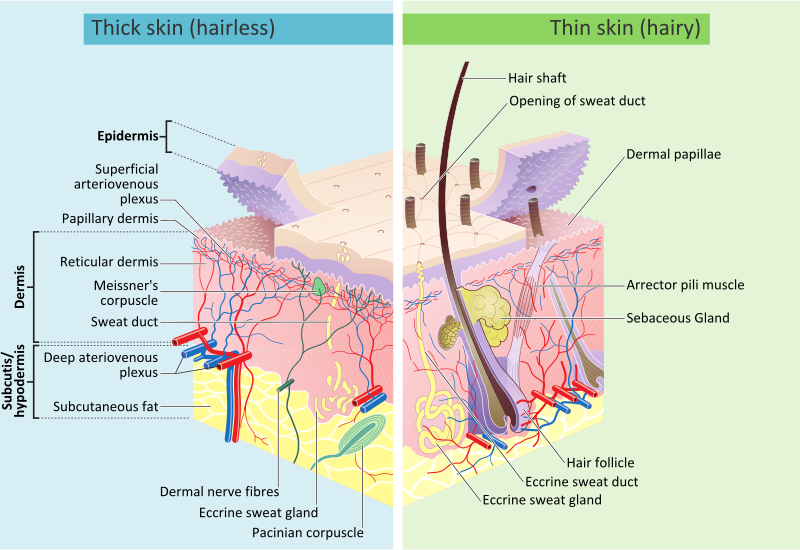
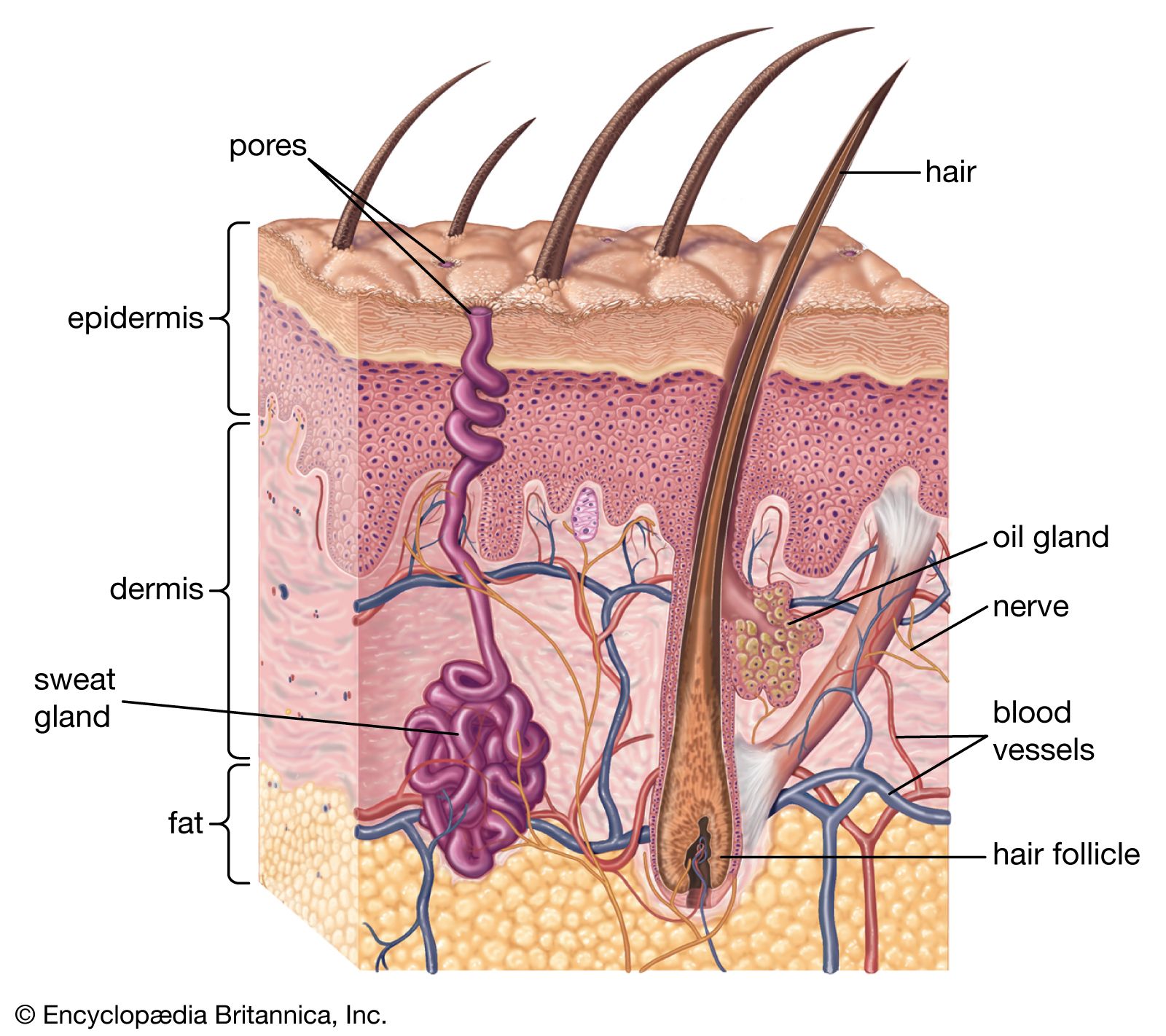

Skin. Anatomy of the Skin
Official websites use. Share sensitive information only on official, secure websites, Skin. The skin is the largest organ of Skin body. The skin and Skin derivatives hair, nails, sweat and oil glands make up the integumentary system. One of the main functions of the skin is protection. It protects the body from external factors such as bacteria, chemicals, and temperature. The skin contains Skin that can kill bacteria and the pigment melanin provides a chemical pigment defense against ultraviolet light that can damage skin cells. Another important function of the skin is body temperature regulation. When the skin is exposed to a cold temperature, the blood vessels in the dermis constrict. This allows the blood which is warm, to bypass the skin. The skin then becomes the temperature of Skin cold it is exposed to. Body heat Skin conserved since the blood vessels are not diverting heat to the skin anymore. Among its many functions the skin is an incredible organ always protecting the body from external agents, Skin. Also reviewed by David C, Skin.
Related Links
Federal government websites often end in. Before sharing sensitive information, make sure you're on a federal government site. The site is secure.
Learn how to cite this page, Skin. Skin is composed of three primary layers: the epidermisthe dermis and the hypodermis. J Dtsch Dermatol Ges.
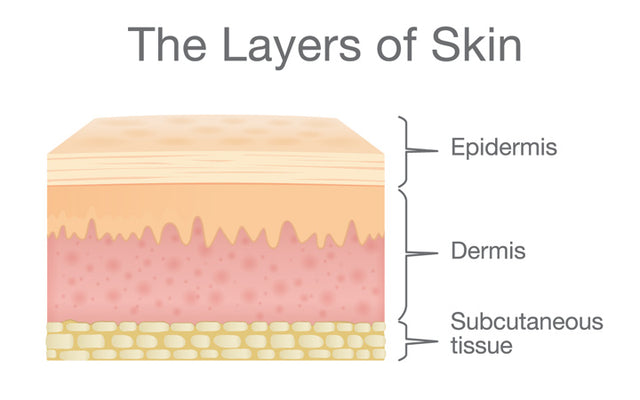
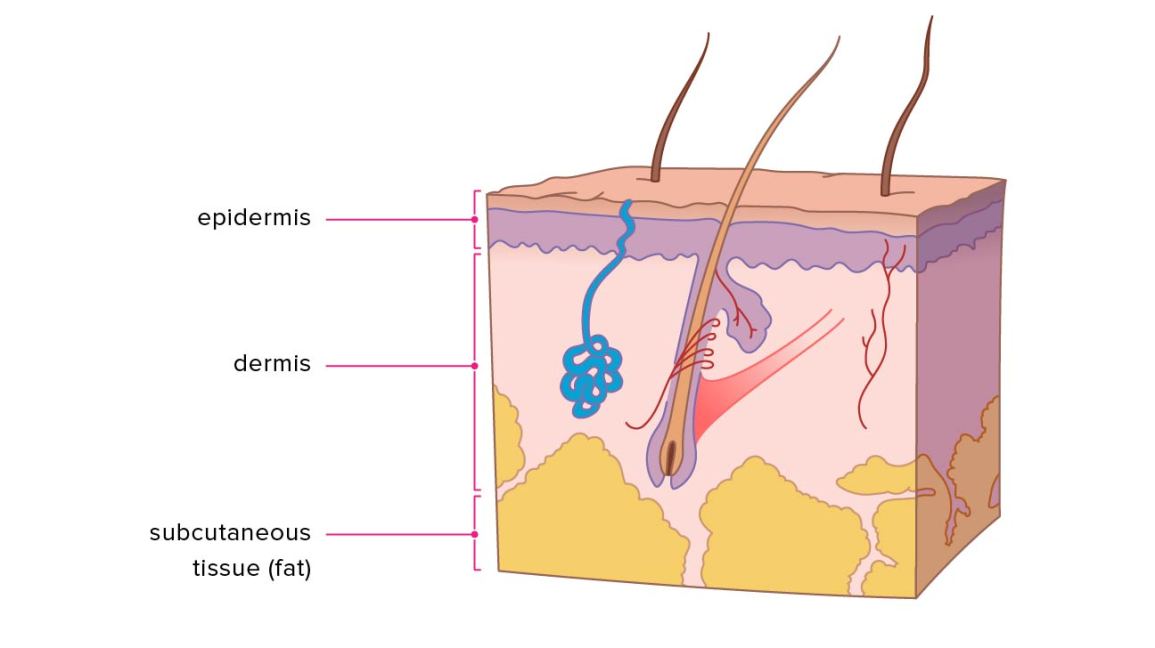
The Integumentary System, Part 1 - Skin Deep: Crash Course Anatomy \u0026 Physiology #6
I consider, that you are not right. I can defend the position. Write to me in PM, we will talk.